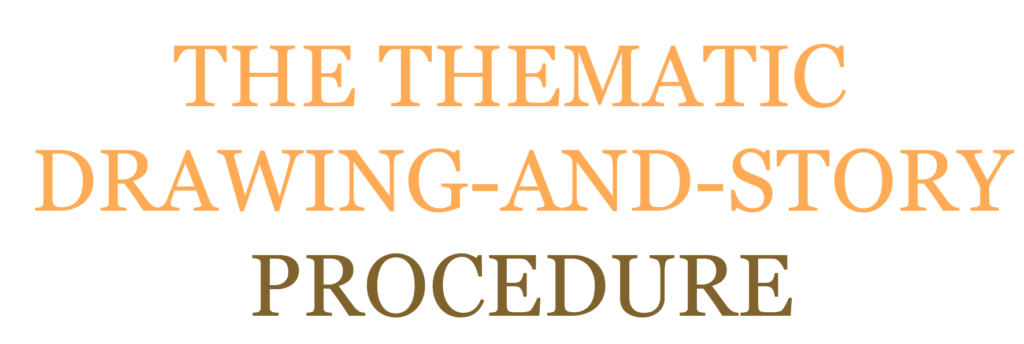SANTOS, M. A. Entre o familiar e o estranho: representações sociais de professores sobre o autismo infantil [Between the familiar and the strange: teachers’ social representations of childhood autism]. 2009. 120 p. Master’s Dissertation – Universidade Federal de Pernambuco. Recife (PE), 2009.
Available at: https://repositorio.ufpe.br/bitstream/123456789/8357/1/arquivo3695_1.pdf
Abstract: Based on the social-representations theory, this study is aimed at investigating teachers’ common sense thinking on infantile autism, its anchorage and objectivation. We also investigate whether the popular knowledge concerning autism acts in order to familiarize people with this social object, a basic premise in the theory of social representations. A total of 16 teachers participated in the study, divided into two groups: 9 female teachers experienced in working with autism children, and 7 other teachers with no such experience. Data collection was performed with the projective technique of Thematic-Drawing-and-Story Procedure and non-structured interviews. There was evidence that the social representations of autism are very fluid and structured upon antinomies, such as “internal/external”, “innate/acquired”, “human/animal”, “reason/emotion”. Most teachers, especially non-experienced ones, ignore and are doubtful on the causes of autism. Experienced teachers believe that their students’ aggressive behavior is unintentional, predict the children’s behavior to become worse with age and have a pessimistic view on their future. Teachers from both groups share the idea of an “autistic introspection”, which is not considered absolute, since they also believe that these children have social abilities, in different levels. The ideas of a “rich autism”, conceived as an-reclusion in an internal creative world, although supported by both interviewed groups, is stronger among non-experienced teachers. A “poor autism”, connected to images of an empty self or a non-functional intelligence is discussed by experienced teachers. Paradoxically, despite being closest to autism children, teachers do not become more familiar with them. In general, there is uncertainty and fluidity on considering autism as an organic disease or the result of poor mothering; as a rich psychological universe or a poor one; there are also doubts on believing that these children are gifted or intellectually handicapped. Teachers create diverse “autisms” and “autists”, a process which seems to be anchored on different repertoires, from psychoanalysis and neurosciences to the medial language.

